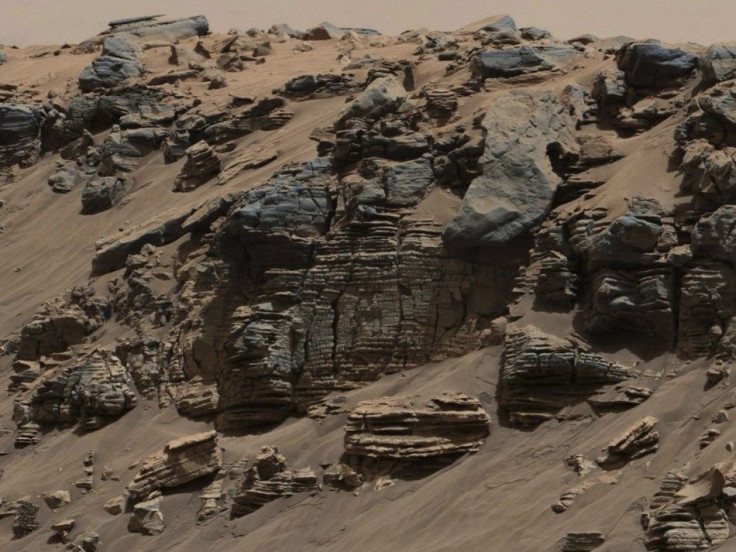Trip To Mars Made Cheaper And Easier By Using Ballistic Capture

A new route to Mars has been proposed by two mathematicians, Francesco Topputo and Edward Belbruno, which can help cut the cost of the journey as well as making it easier. It can help tackle another problem that is associated with travel with Mars which is to overcome the issue related to travel only every two years, along with making it cheaper.
According to the Independent, the current route that is being taken to Mars makes use of a large amount of fuel and can happen only once in 26 months. This is because only once in 26 months the planets are lined up in the right way so as to help in easier travel. The current technique that is being used is Hohmann transfer in which the spaceship is aimed at a specific spot in the orbit of the Red Planet.
The new route makes use of a navigational technique called ballistic capture or low-energy transfer which would be used in the spacecraft. Ballistic capture involves lobbing the ship into an orbit that is similar to that of Mars. It involves pacing a ship in the same orbit as the target but a little ahead of it and travelling slower than the destination. The technique has previously been successful in being utilised to orbit around the Moon and is possible between bodies in the solar system.
Usually, costs to travel to Mars could reach more than hundreds of millions of dollars. The cost of the current technique as well as the new one are the same at launch and while cruising. The only difference is the expense of the fuel. Since the percentage of fuel reduces by 25 percent as the need for braking reduces drastically, the costs are reduced for the entire journey as well as the ship becomes lighter, making it cheaper for the launch.
The director of the Planetary Science Division at NASA, James Green, said that it was an eye-opener for the team. He said that it could be a big step for them and could save them resources as well as capability and was what they were looking for.
Contact the writer: afza.kandrikar@gmail.com




















